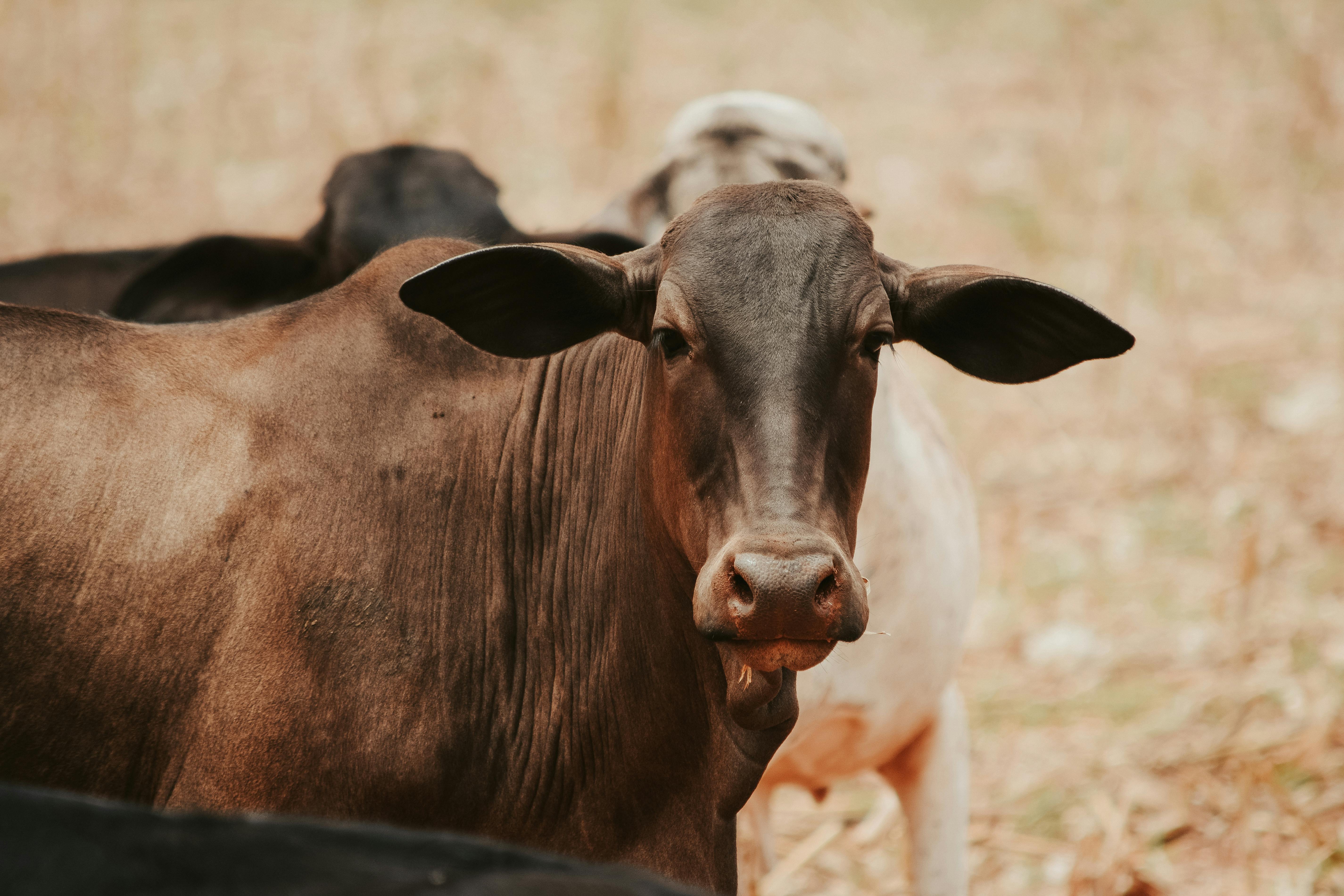Top 7 tips to save energy with compressed air
Would you like to reduce the electrical costs associated with your compressed air system? Most likely you can. Start by determining your annual compressed air electrical costs using this formula:
Brake Horsepower X 0.746 X Annual Running Hours X KWH (Kilowatt-hour) Cost (divided by) Motor Efficiency
NOTE: 1 CFM (cubic feet per minute) @ 100 PSIG (pounds-force per square inch) PER 8760 HOURS COST $110.00 PER YEAR IN ELECTRICAL COST
Next…follow these top 7 tips to save energy with compressed air:
1. Fix your air leaks
If you do nothing else, follow this tip: find and fix your compressed air leaks. Air leaks are the “biggest losses” in the industry!
The average plant loses 20-30% of its compressed air through multiple small air leaks. The money spent on labor and parts to find and fix these leaks is well worth it. Note (1/4-inch orifice will flow 103 cfm at 100 psig)
2. Change to Synthetic Lubricants
If you are using petroleum-based lubricants, you could experience up to 8% energy savings by switching to synthetic compressor lubricants. Plus, extend equipment life and save on oil changes and disposal costs.
3. Reduce the operating pressure of the plant
If possible, reduce overall plant pressure. Less pressure > Less CFM used > Less power consumed.
TIP: Reduce plant pressure 2 pounds at a time, then test run for a minimum of 24 hours. If any equipment is having trouble… increase pressure 2lbs until it runs smooth again. For every 2 pounds of pressure reduction, you save 1% of the electrical cost to run the air compressor.
4. Check differential pressure across air compressor filters.
Start at the compressor cabinet filter and then check the compressor inlet filter.
Note: A dirty inlet filter can cost you 1-3% in additional electrical costs. Because? Because decreased airflow to the compressor inlet valve increases compression ratios, resulting in more run time.
Next, check the differential pressure of the air/oil separator at full load. A new separator causes a differential pressure drop of approximately 2-3 psig. When your pressure drop reaches 8-10 psig, then it’s time to change the separator elements. A dirty separator element can cost you up to 5% in additional electrical costs.
Then change the control air filter element. This is often overlooked, but it’s still an important filter where the controls receive their air signal. A pressure drop here causes the controls to receive the lower pressure signal loading the compressor more and using more electricity.
5. Reduce compressor inlet temperature
By reducing the intake air temperature 10°F below 70°F, you save 2% on electricity usage. Your profit increases up to 8% on a 30°F day. But raising your inlet temperature 10°F above 70°F will cost you an additional 2% in electrical usage for every 10°F up to 10% at 120°F. (Inlet temperature has very little effect on lubricated screw compressors)
6. Check differential pressure across compressed air line filters.
Size compressed air filters to be twice (2x) the CFM flow rate of your compressor. This will reduce your pressure drop by approximately 2-3 psig and save 1% on energy costs. Elements will last twice as long (2x) and you’ll save on maintenance costs.
7. Know what quality of compressed air your plant needs.
The cleaner and drier the compressed air, the more energy it will use.
Check with your equipment manufacturer to determine the required air quality.
